Granular Activated Carbon
Granular Activated Carbon
Granular activated carbon (GAC) is a form of activated carbon with a larger particle size compared to powdered activated carbon (PAC). It is widely used for water purification, air filtration, and industrial processes due to its high adsorption capacity. GAC works by trapping and holding contaminants in its porous structure, making it highly effective in removing organic chemicals, chlorine, and other pollutants from water and air.
Here are some key applications of GAC:
- Water Treatment: Used in both municipal water treatment plants and household water filters to remove contaminants like chlorine, pesticides, volatile organic compounds (VOCs), and other organic impurities.
- Air Purification: GAC is used in air filters to capture odors, volatile organic compounds (VOCs), and other harmful gases in indoor environments.
- Industrial Processes: In industries such as food and beverage, pharmaceuticals, and chemicals, GAC helps in decolorizing liquids, purifying products, and recovering valuable chemicals.
- Environmental Remediation: GAC is often used in environmental cleanup projects, including groundwater and wastewater treatment, where it adsorbs contaminants from polluted sources.
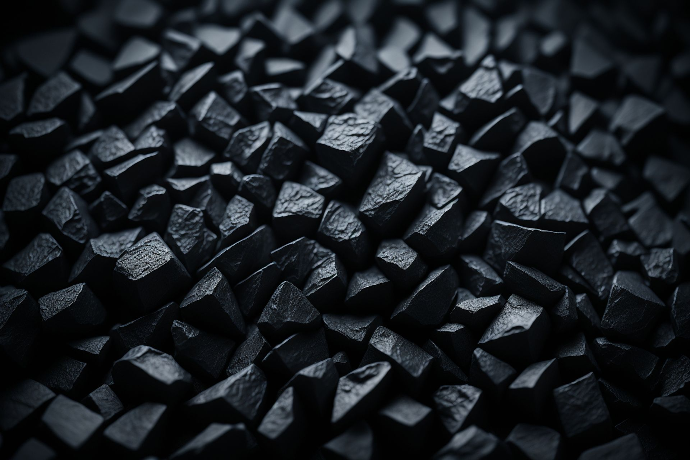
Coal-Based Granular Activated Carbon
Source: Derived from bituminous coal or anthracite.
Properties: High density and a large surface area with well-developed meso and micropores.
Applications: Commonly used in water purification, air filtration, and industrial gas adsorption. It is effective in removing chlorine, VOCs, and organic contaminants from water.
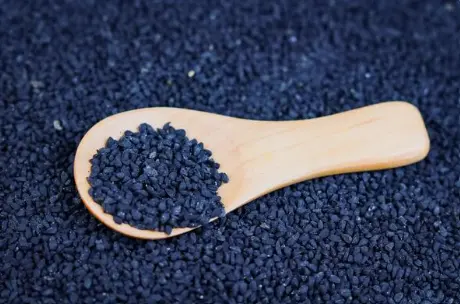
Wood-Based Granular Activated Carbon
Source: Made from hardwood, softwood, or other lignocellulosic materials.
Properties: More macroporous than coal-based GAC, with larger pore sizes, making it well-suited for adsorption of large molecules.
Applications: Often used in decolorization, air filtration, and water treatment where larger contaminants need to be removed. It's also used in the food and beverage industry for syrup and sugar decolorization.
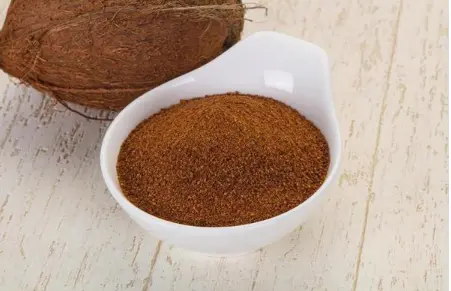
Coconut Shell-Based Granular Activated Carbon
Source: Derived from coconut shells.
Properties: Has a higher hardness and predominantly microporous structure, making it ideal for the removal of smaller molecular weight organic compounds.
Applications: Widely used in drinking water filtration, air purification (removing VOCs), and gold recovery. It’s also popular in the production of carbon filters for household use due to its renewable nature.
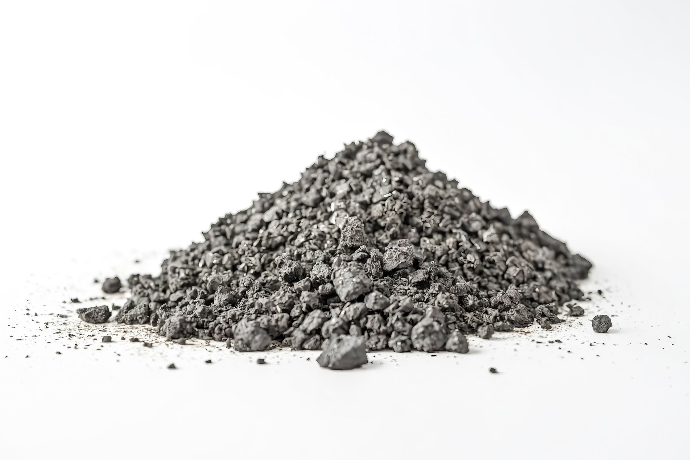
Peat-Based Granular Activated Carbon
Source: Produced from peat, a precursor to coal.
Properties: Has a large pore structure similar to wood-based carbon, making it effective for the removal of larger organic molecules.
Applications: Used primarily in wastewater treatment, air purification, and applications where large organic molecules need to be adsorbed.
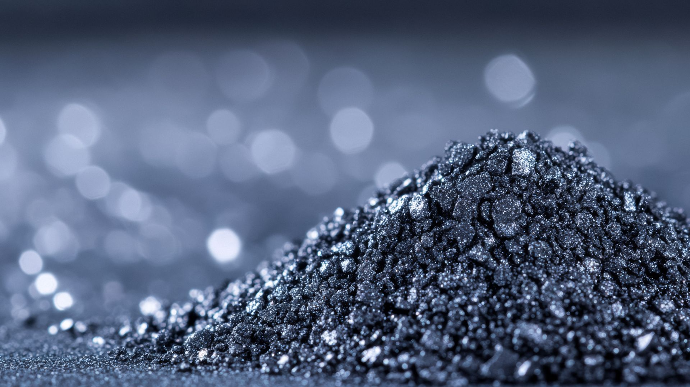
Lignite-Based Granular Activated Carbon
Source: Derived from lignite coal, which is a younger type of coal.
Properties: Typically softer and less dense than other coal-based types, with a macroporous structure.
Applications: Used in industrial wastewater treatment and in some air purification systems for the adsorption of large organic molecules.
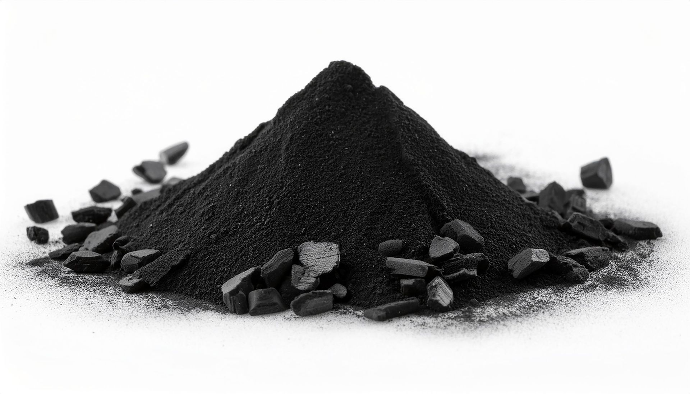
Catalytic Activated Carbon
Source: Modified versions of standard GAC.
Properties: Enhanced with a catalytic surface that can promote oxidation or reduction reactions. It is highly efficient in decomposing contaminants like chloramine and hydrogen sulfide.
Applications: Common in water treatment processes where chemical reactions (like chloramine removal) are required.
Each type of GAC has unique properties that make it suitable for specific applications, depending on the size of the contaminants and the purification process. If you're considering a particular use, I can help suggest the best type of GAC for your needs!
Inquiry
We not only provide a good product, but also provide high quality service. If you are interested in our products, you can contact us.



